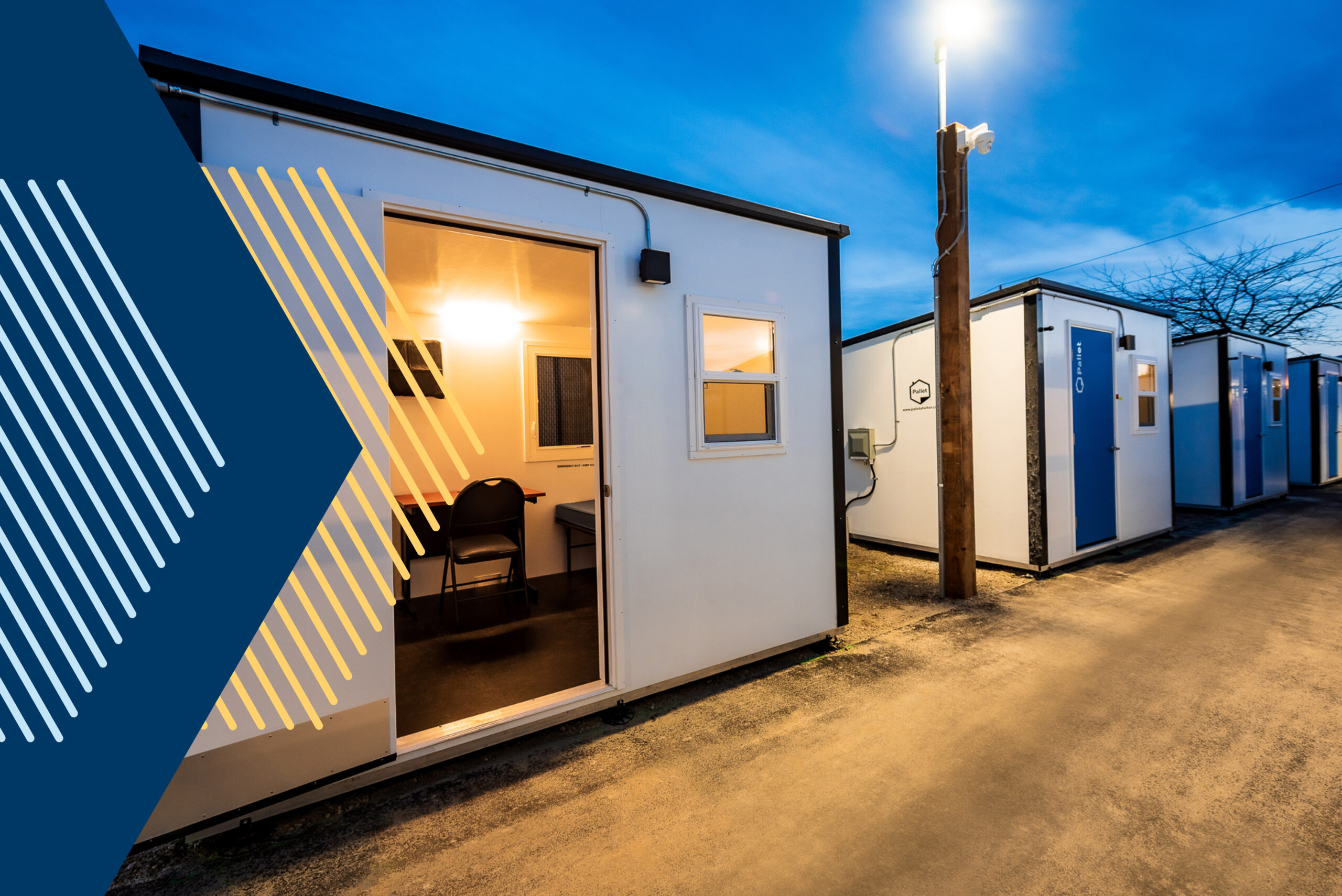The Dangers of Extreme Heat
June 26, 2024
With life-threatening extreme heat arriving earlier in the season and with increased intensity, communities need more extensive solutions to protect their residents.

2023 marked the warmest year on record in a 174-year period of climate reporting. The impacts were not only felt by those living in traditionally warmer climates, but also people living in historically temperate areas in the form of unprecedented heatwaves and heat islands. And although it affects everyone, it’s proven that extreme heat impacts unsheltered groups, communities of color, and low-income populations most adversely.
While many cities and jurisdictions have taken measures to plan for increasing heat, many remain unprepared. A broader and more inclusive approach is needed to effectively protect vulnerable communities from harm.
Extreme Heat Continues Intensifying
Even in early June, temperatures across the country have led climate researchers with the National Oceanic and Atmospheric Administration (NOAA) to predict 2024 has the potential to surpass 2023 as the hottest year on record. As an unseasonably intense heatwave moved through the southwest and the West Coast in the first week of the month, Las Vegas saw its earliest 110-degree day in history.
Cities in regions that routinely face high temperatures have long-standing infrastructure such as universally air-conditioned public buildings and housing, temporary cooling centers, and emergency text and email alert systems. These measures may not be sufficient: extreme heat kills more people than other types of natural disaster, and as heat indexes regularly reach dangerous and extremely dangerous levels, the likelihood of people experiencing heat-related illness or death dramatically increases.
With these hazardous temperatures coming earlier in the season, people’s bodies don’t have adequate time to acclimate, and with highs lasting longer into the nights, less time to cool and recover from the day’s heat.
These trends pose serious risks. Although cities like Chicago, Los Angeles, Miami, and Phoenix who have faced dangerous conditions for decades have taken measures like appointing “chief heat officers” and opening cooling centers to offer people relief, elderly populations, outdoor workers, and those living unsheltered remain vulnerable to heatwaves that reach higher temperatures and last longer.

Previously Temperate Regions Are Unprepared
Areas of the country that have always experienced dangerously hot seasons are more advanced in heat preparedness strategies. These regions are also expected to have air conditioning installed in stores, restaurants, community buildings, and people’s homes. At the same time these places are seeing temperatures spike, traditionally mild regions are being struck by unparalleled heat—and with a lack of cooling infrastructure and strategies to provide relief to underserved communities, these temperatures are particularly dangerous.
The Pacific Northwest, a temperate part of the country where lasting heat spells are historically rare, experienced a week-long heatwave in July 2021 that caused the deaths of 800 people across Oregon, Washington, and British Columbia. This demonstrates how underequipped many regions are to address mounting temperatures.
In response, Oregon passed a statewide law requiring all new housing built after April 2024 to have air conditioning installed in at least one room. This legislation is a significant step in the right direction, as air conditioning is the most effective protective measure against heat-related illness and death, and the status quo for federal level policy requires it only for publicly subsidized apartments—there are no mandates in place for landlords to provide air conditioning to their tenants.
The Northwest is an apt case study of regions underprepared for swelling heat, but it is only part of a global trend. Deaths caused by extreme heat increased by more than 74% between 1990 and 2016. In 2019 alone, 356,000 people died from exposure to heat across nine countries.
In addition to the implementation of widespread cooling infrastructure, more innovative solutions are needed to immediately offer protection from extreme heat.
The Importance of Heat Resilience
The threats of heatwaves have long been understood, and the importance of preparedness planning in protecting public health is illustrated in resources like the World Health Organization’s Heat-health action plans. But without broad and inclusive action taken to mitigate the effects of dangerous temperatures, many groups remain at high risk.
Heat is known to exacerbate underlying conditions such as cardiovascular disease, diabetes, and asthma, while also increasing the risk of accidents and transmission of infectious disease. It also has adverse effects on mental health: research has shown a link between heatwaves and increased risk of self-harm, suicide, and hospitalizations related to chronic mental health conditions.
It's also been shown that extreme weather and climate-related events disproportionately affect vulnerable, underserved communities. Elderly groups, people living with disabilities, displaced communities, and low-income populations are often hit the hardest when temperatures peak. Structural racism also plays a role: practices like redlining have historically relegated Black and brown communities to economically disadvantaged neighborhoods with fewer resources and green spaces, which cause these often concrete-surrounded areas to endure significantly hotter temperatures than their wealthier, predominantly whiter counterparts.
Communities can achieve heat resilience by investing in and providing more equitable options across the board. Along with cooling centers, emergency notifications, and installing air conditioning in public spaces and housing, interim solutions like Pallet have the potential to make a substantial positive impact.
In addition to the ability to be quickly installed, our individual shelter units are climate controlled and able to stay cool in extremely hot temperatures. Cities can store units and deploy them as needed in a heat-related crisis to accommodate their vulnerable residents, and our 400-square-foot Community structure can act as a rapidly available cooling center.
This two-fold approach—expanding permanent infrastructure and investing in rapid interim solutions—is key to building true climate resilience and protecting every member of the community from harm.


